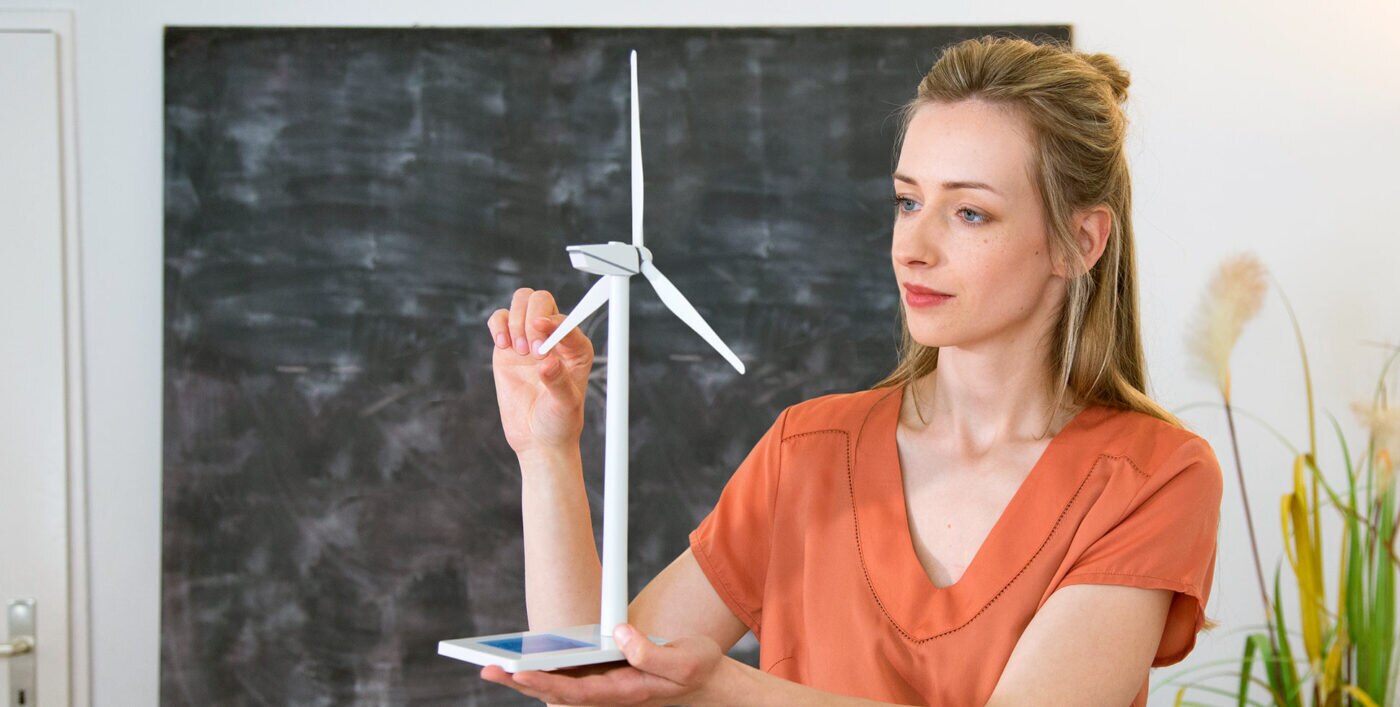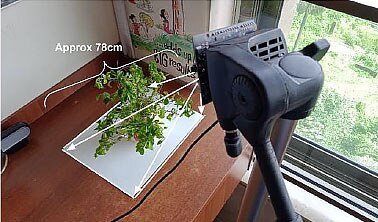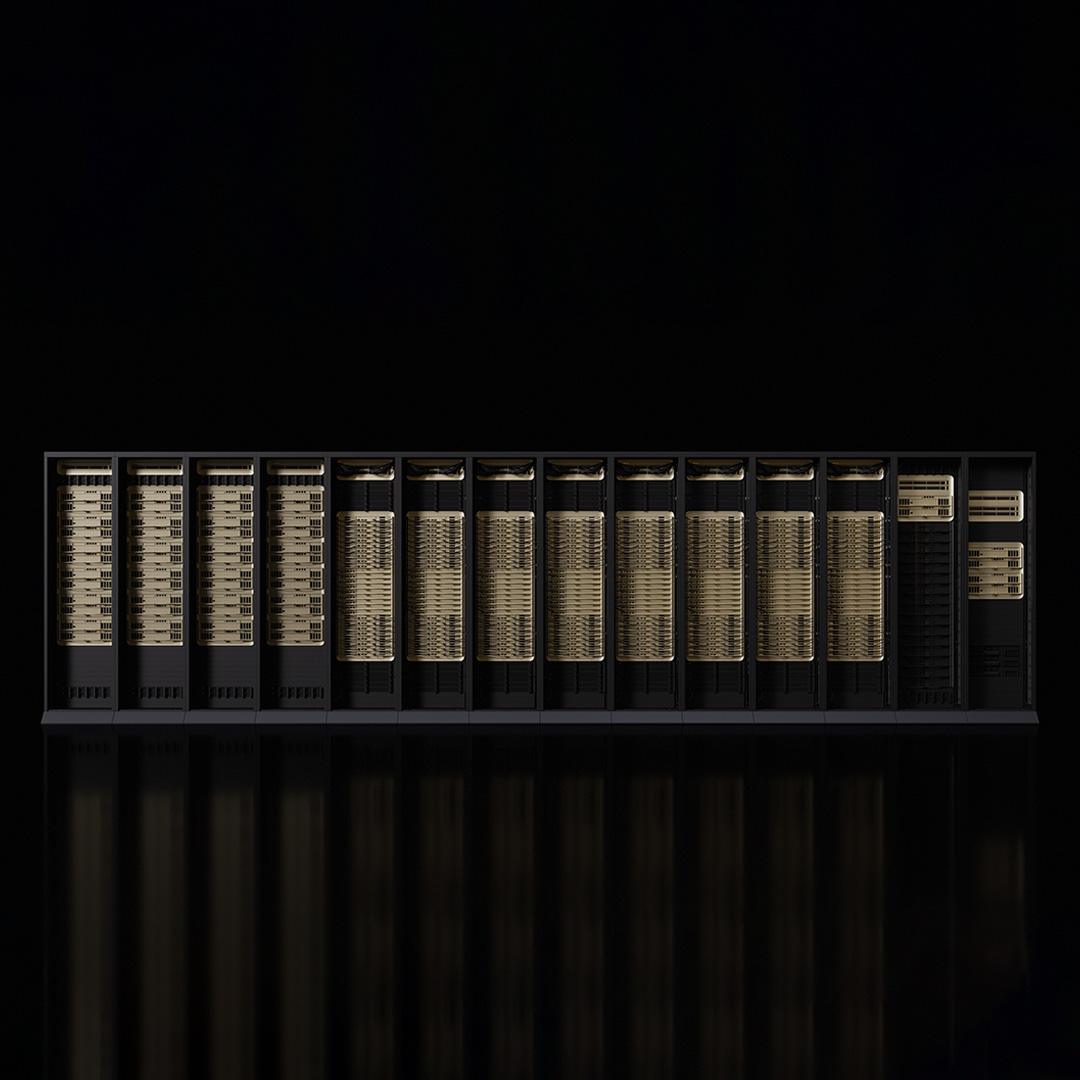Sustainable Innovation at Arm DevSummit 2021

This year’s Arm DevSummit Developer Competition challenged entrants to use technology to tackle real-life sustainability issues. With cash prizes – along with Oracle Cloud credits and Raspberry Pi kits – up for grabs, there’s everything to play for.
After much deliberation, the judges settled on three finalists, whose prototypes all drive progress towards the United Nations’ Sustainable Development Goals – otherwise known as the Global Goals – which aim to create a better, fairer world for everyone. You can read about their projects below.
The winning entry will be announced at Arm DevSummit 2021, which runs from 19-21 October. If you haven’t booked your place, there’s still time to register. You’ll find a link at the end of this post.
Jewel Beetle’s Wildfire Detection Solution
Goal 13: Climate Action; Target 13.1: Strengthen Resilience and Adaptive Capacity to Climate-Related Disasters
Wildfires are bad news for both the economy and the environment. Aside from causing billions of dollars of damage each year, research carried out by the Copernicus Atmosphere Monitoring Service found that severe wildfires in summer 2021 caused record carbon emissions, with 1258.8 megatonnes of CO2released in the month of July in the northern hemisphere alone.
Early detection is vital to limiting a fire’s spread, yet most detection systems rely on satellite and optical thermal monitoring, typically generating alerts 1-3 hours after the point of ignition.
Jewel Beetle decided to tackle the issue.
“After doing some research, I found that wireless sensor nodes are one of the most commonly proposed solutions,” said Pratyush Mallick, the brains behind Jewel Beetle. “But they are hampered by a lack of reliable systems to power the sensor nodes.”
“What’s more, the detection algorithms typically run in the cloud, far from the point of data generation. The nodes are just data collection devices, mindlessly sending data to the cloud for processing. This increases both the energy consumption and response time of the sensor node.”
With those issues in mind, Jewel Beetle set out the criteria for the solution: the device must be able to harvest, store and run on solar energy and be able to detect fires using its own intelligence at the endpoint in order to reduce latency and power.
The resultant prototype harvests and stores energy in a hybrid battery. A nano power timer wakes up a microcontroller at set intervals, which then starts sampling environmental data – feeding into a trained model to get immediate results at the edge. If a fire is detected, the device sends an immediate text alert, inviting the recipient to visit an online dashboard for further information. If no fire is detected, the device returns to a sleep state.
Sergey Oskotskiy’s Anti-COVID Contactless Sensor
Goal 3: Good Health and Well-Being; Target 3.3: Fight Communicable Diseases
Over the last 18 months – like never before – we have become aware of how many times we touch surfaces in public places: lift buttons, vending machines, cashpoints, self-service tills… Sergey Oskotskiy decided to tackle this issue with a solution that eliminates physical contact and reduces the potential for contamination.
“Since the advent of COVID-19, I’ve felt a bit uncomfortable pressing buttons and using touchscreens in public places, as I’m very aware of the possibility of disease transmission. I felt I would prefer to use contactless devices instead,” said Sergey.
“My idea was to create a solution based on a distance sensor that allows for more sophisticated input than a simple yes/no or on/off. To specify a value – say, the number of tickets to be dispensed from a machine – the user simply moves their hand closer to or farther from the sensor. Once the desired value is displayed, the user simply keeps their hand still for a moment or two to confirm their selection.”
Sergey’s solution enables easy, hands-free input of complex data, suitable for most public devices.
Dhruv Sheth’s Crop Yield Prediction Solution
Goal 2: Zero Hunger; Target 4: Sustainable Food Production and Resilient Agricultural Practices

Climate change has affected the production and maintenance of many agricultural crops. Resilient agricultural practices that increase productivity and production are essential if Global Goal 2 – Zero Hunger – is to become a reality.
Factors that affect yield and growth tend to be monitored manually, but Dhruv Sheth saw an opportunity for deep learning to be applied to monitoring systems to reduce costs and maintenance, predict yield and keep tabs on wilt and disease.
“Advances in computer vision and machine learning technologies have transformed plant scientists’ ability to incorporate high-throughput phenotyping – or physical profiling – into plant breeding,” says Dhruv.
“Profiling can help us to understand plant growth under different growing conditions and, unlike other methods, does not reply on plant deconstruction. Unfortunately, current commercially available platforms are large and very expensive and the upfront investment limits their use. My solution is portable, lightweight and affordable – and doesn’t need an internet connection as the processing is done on the edge.”
Dhruv’s solution uses short-term imaging – over a period of 3-4 days – to compare plant growth to a benchmark and predict yield. Since it’s capable of detecting anomalies across just millimeters of growth, it can determine success, or otherwise, very early in the plant’s growth cycle, allowing prompt intervention.
Discover Arm DevSummit 2021
Engineers, developers, and tech enthusiasts: Arm DevSummit 2021 is coming to your screens October 19-21. This three-day virtual conference serves up insights into the latest technology trends, gives you an opportunity to up-level your skills in technical sessions and hands-on workshops, and offers the chance to network with like-minded software developers and hardware designers.
Any re-use permitted for informational and non-commercial or personal use only.













